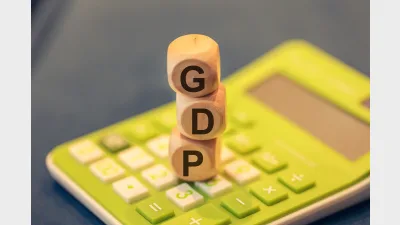FY20 could still offer promise of growth


The biggest lesson of FY19 has been to look beyond the noise and focus on where fundamentals might take us over the longer term, with the next financial year offering room for moderate global economic growth despite the spectre of trade risk and an ending cycle.
This was the key finding of State Street Global Advisors’ (SSGA’s) 2019 Mid-Year Global Market Outlook, which cited the Fed’s more accommodative policy stance as a key reason to hope for growth despite substantial instability in trade relationships.
In welcome news for investors, the firm also predicted that the economic cycle may extend, especially in the US where there was considerable momentum, but with the caveat that trade developments still needed to be carefully monitored.
“First quarter growth in the US and globally was not as bad as feared and, while wage inflation has risen, inflation overall remains manageable,” SSGA deputy global chief investment officer, Lori Heinel, said. “Last December, markets became overly concerned about the outlook for global growth, thanks to the impact of the US-China trade conflict and what many saw as the Fed’s overly hawkish tightening schedule. Today trade risks persist, but the policy stance has shifted.”
While macro factors should continue to support earnings growth however, this was against a backdrop of significant geopolitical and growth risk globally that could easily see volatility spike.
SSGA was holding onto its overweight allocation to equities itself, for example, in light of significant policy support for this stance, but warned that investors should keep a defensive bias as fundamentals disconnect from returns and trade risks continue to grow.
“Equity valuation multiples relative to the length of the current cycle (longest on record), and past cycles, should prove justified if trade risks moderate and earnings growth comes through towards the latter part of 2019,” SSGA head of investments EMEA, Bill Street, said.
These trade risks were evident in emerging markets, were rising protectionism from developed markets such as the US posed an important risk. Two of the biggest emerging countries however, China and India, continued to drive growth with opportunities for investors in both equities and debt.
“We think emerging markets are attractive and the long-term growth story is intact although risks remain with the ongoing US-China trade dispute,” SSGA head of investments for the Asia Pacific, Kevin Anderson, said.
“For fixed income investors, higher-yielding emerging market debt should drive long-term returns despite local currency volatility in the short run. Overall, the stabilization of the Chinese economy is also positive for emerging markets.”
Finally, climate-related investment risks gained more recognition in FY19, with the salience of this risk continuing to grow amongst investors. SSGA put this down to broader discussions of how climate change could potentially have systemic effects on financial markets, threatening business models and long-term asset values across a range of asset classes and sectors.
Recommended for you
Economic growth was weaker than expected, once again highlighting an economy largely sustained by population growth and government spending.
In this latest edition, Anna Shelley, CIO at AMP, shares the fund’s approach to current market conditions and where it continues to uncover key opportunities.
The mega fund has announced a $2.2 billion investment in a leading data centre platform, bringing its global real assets portfolio to nearly $60 billion.
In this latest edition, Australian Retirement Trust’s head of global real assets Michael Weaver explains the fund’s approach to finding new opportunities as it surpasses $300 billion in funds under management.












